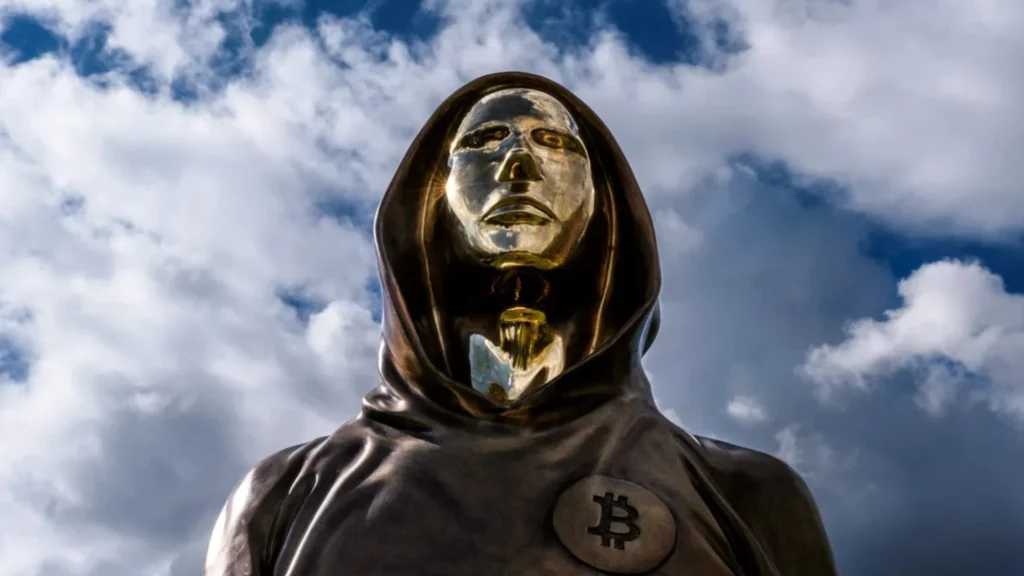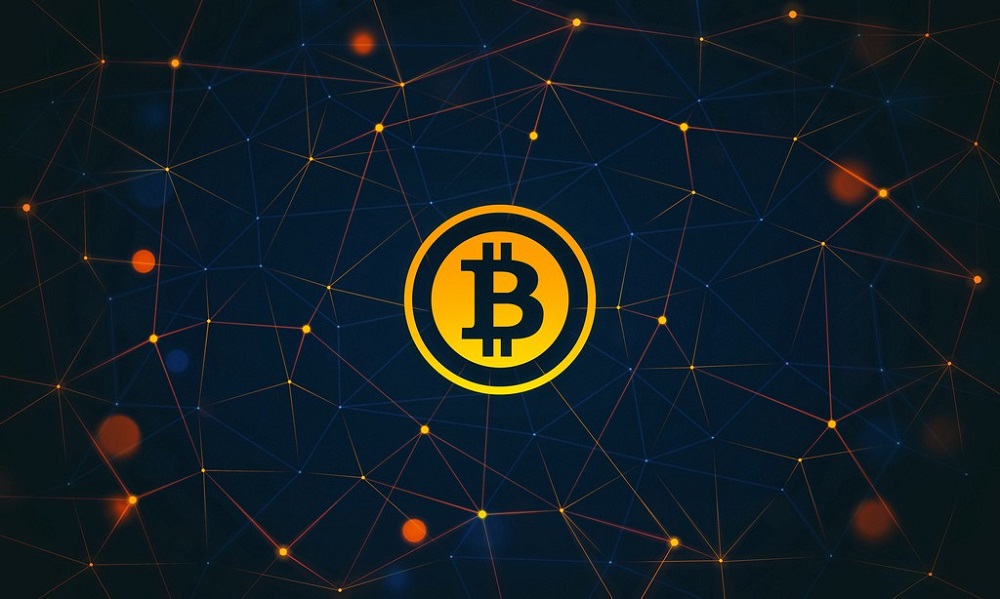When it comes to the origins of cryptocurrency, one name stands above all — Satoshi Nakamoto. Known as the creator of Bitcoin, Nakamoto’s identity remains a mystery even today. Yet his revolutionary idea gave birth to a trillion-dollar industry and forever changed how we perceive money, trust, and freedom.
The Birth of Bitcoin
In October 2008, during the global financial crisis, a whitepaper titled “Bitcoin: A Peer-to-Peer Electronic Cash System” appeared on a cryptography mailing list. It was authored by someone using the pseudonym Satoshi Nakamoto.
The paper introduced a decentralized digital currency — one that would eliminate banks and governments from financial transactions. Instead, users could verify transactions through a transparent, secure, and distributed ledger known as the blockchain.
On January 3, 2009, Satoshi mined the first-ever Bitcoin block, also known as the Genesis Block, embedding this iconic message:
“The Times 03/Jan/2009 Chancellor on brink of second bailout for banks.”
This message wasn’t random — it was a symbolic protest against traditional banking failures and financial inequality.
The Vision and Philosophy
Satoshi Nakamoto’s goal wasn’t just to create a currency; it was to reimagine trust in the financial system.
His vision rested on four key principles:
- Decentralization: Power belongs to the people, not institutions.
- Scarcity: Bitcoin has a maximum supply of 21 million, making it resistant to inflation.
- Transparency: Every transaction is recorded on a public blockchain.
- Security: Bitcoin’s Proof-of-Work mechanism protects it from manipulation.
In essence, Bitcoin was designed to give individuals financial sovereignty — true control over their money.
The Mystery of Satoshi Nakamoto

Even after more than a decade, Satoshi Nakamoto’s identity remains unknown.
Between 2009 and 2011, Satoshi collaborated with early Bitcoin developers online. But in April 2011, he suddenly vanished, stating simply:
“I’ve moved on to other things.”
Since then, several people have been suspected — from Hal Finney to Nick Szabo, Dorian Nakamoto, and Craig Wright — but no claim has been conclusively proven.
Intriguingly, Satoshi’s Bitcoin wallets, believed to hold around 1 million BTC, have never been moved — reinforcing his commitment to principle over profit.
The Global Impact of Satoshi’s Creation
Satoshi Nakamoto’s creation of Bitcoin did more than challenge the banking system — it sparked a technological revolution.
His work laid the foundation for:
- Thousands of cryptocurrencies (altcoins) like Ethereum, Solana, and Cardano.
- Blockchain-based applications are being used across industries such as logistics, healthcare, and real estate.
- Decentralized Finance (DeFi) platforms that allow users to borrow, lend, and trade without intermediaries.
- NFTs and Web3 ecosystems are empowering creators and users alike.
- Central Bank Digital Currencies (CBDCs) that governments are now exploring worldwide.
From Wall Street investors to remote villages using Bitcoin for daily trade, Satoshi’s impact has reached every corner of the globe.
Satoshi’s Legacy
Satoshi Nakamoto’s invention has redefined what money can be. Bitcoin continues to inspire millions — not just as a digital asset, but as a symbol of freedom, innovation, and fairness.
Even though we may never know who Satoshi really is, his message remains timeless:
“Trust the code, not the authority.”
Frequently Asked Questions (FAQs)
Satoshi Nakamoto is the pseudonymous creator of Bitcoin, the world’s first decentralized cryptocurrency. His true identity remains unknown, but his invention sparked a global revolution in digital finance.
Satoshi created Bitcoin to solve the problem of trust in financial transactions. He wanted to design a currency system that operates without banks, government control, or centralized authorities — giving people full control over their money.
Bitcoin was officially launched on January 3, 2009, when Satoshi mined the Genesis Block, marking the start of the Bitcoin blockchain.
Satoshi stopped communicating publicly in 2011, possibly to maintain anonymity and ensure Bitcoin would evolve independently, without a central figure influencing its direction.
It’s estimated that Satoshi mined about 1 million Bitcoins in the early years — worth billions of dollars today — none of which have ever been moved or sold.
Satoshi’s legacy lies in creating blockchain technology, which now powers not only cryptocurrencies but also systems for finance, supply chains, and digital identity across the world.
I am Pawan Kashyap currently living in Amritsar. I always try to grab new things from the cryptocurrency market. From my observations and trends in the market, I always try to provide the best and accurate information in the form of articles from this blog. Follow us on Facebook, Instagram, and Twitter to join us.







